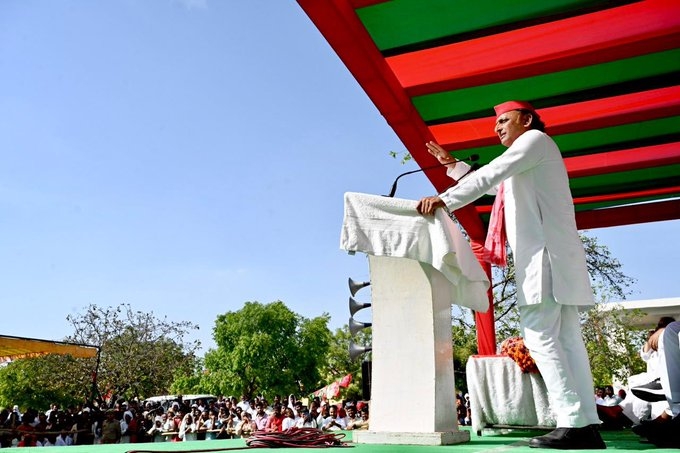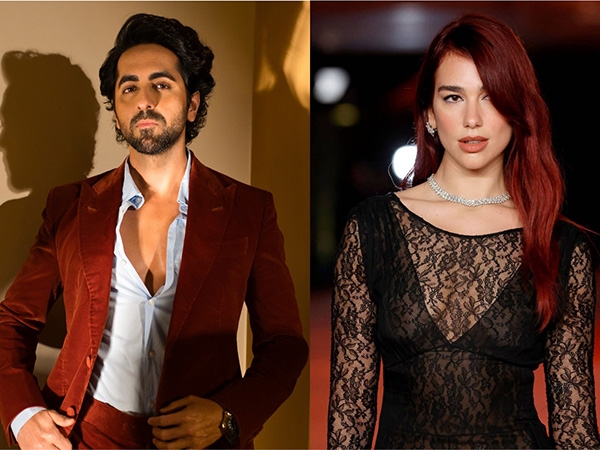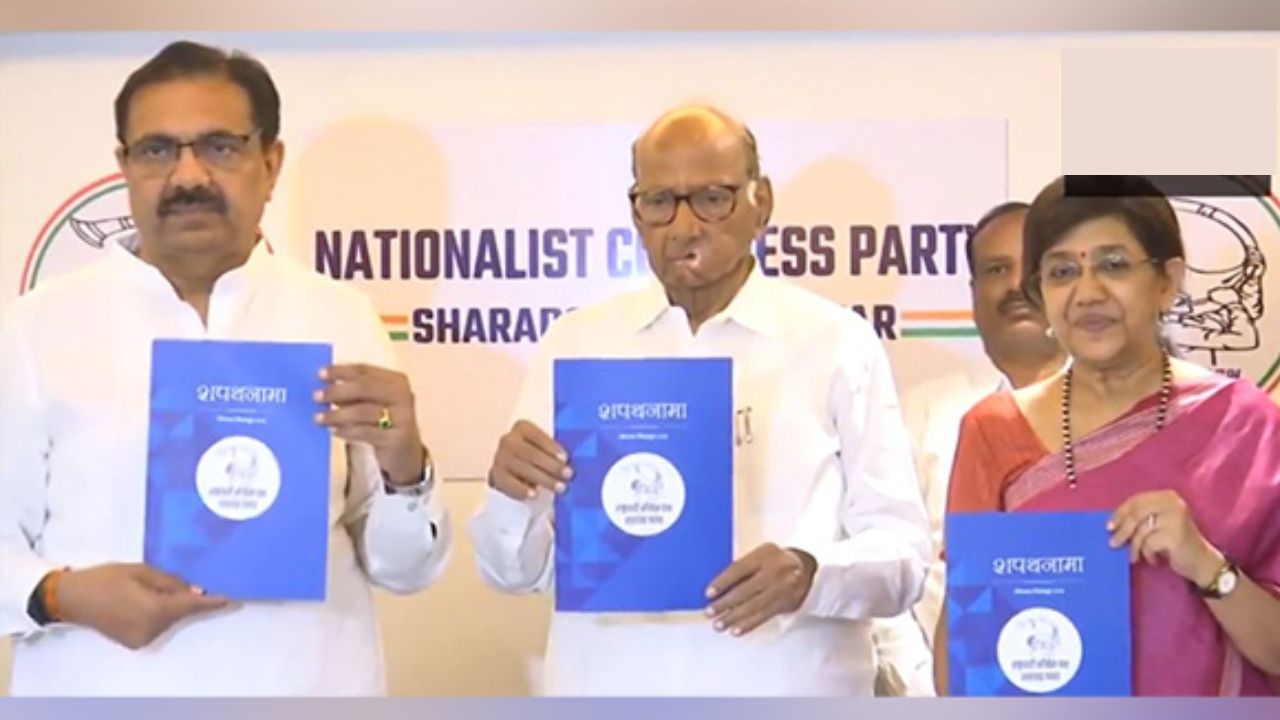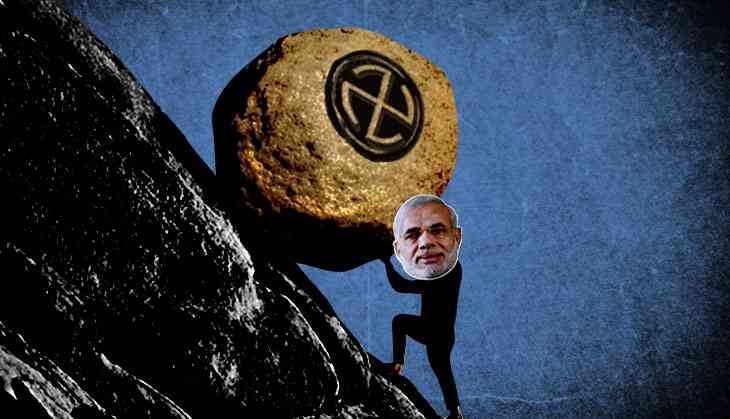
Bharatiya Janata Party (BJP) leaders continue to say that there is a wave in the party's favour in the Uttar Pradesh Assembly election, but they seem to have realised that they face an uphill task.
Therefore, there seems to be a concerted attempt to get the media to somehow project that in this election the BJP has clear advantage over its rivals.
And this strategy seems to be working.
Some in the media have already called the election in the BJP’s favour publicly while others have started wisely nodding their heads saying, “Whether one likes it or not, it seems to be advantage BJP”. Ask them how such a revelation had come to them and it turns out they have been talking to other tribesmen or BJP leaders camping in Varanasi.
Caste combination or development agenda?
The BJP is projecting that it has got the UP election all sewn up because of an advantageous caste equation in its favour and because of the Prime Minister Narendra Modi’s development agenda.
At one level, its ministers spend considerable amount of time explaining the caste arithmetic in the BJP’s favour.
At another, the party claims that this election would show that caste no longer matters in the face of Modi’s development mantra (although as the slogans of “Jai Sri Ram” during its roadshow and constant communal references indicate, that is not the only mantra being changed).
Unfortunately for the party, its claims about the beneficial caste equation and PM’s development agenda are being questioned.
A senior BJP minister was at pains to explain the party’s perceived caste advantages to a group of journalists. He suggested that it was absolutely clear why the BJP was on top – it has a winning caste combination backing it.
Traditionally there were 5 caste blocs in UP, he explains – Upper Castes, Yadavs, non-Yadav OBCs (Other Backward Classes), Muslims, and Dalits. The votes of these caste groups were divided amongst four big parties – Congress, BJP, Samajwadi Party (SP) and Bahujan Samaj Party (BSP).
“Anyone who got the support of two out of the five caste groups won the Assembly elections. This would give them 30 to 31 per cent of the votes and they would be home and dry,” he says.
This time around, he points out, the situation is different. With the Congress and the SP together in an alliance, there are only three major political groups trying to woo the major caste groups.
“This means that the winning grouping will now need about 34 to 35 per cent of the popular vote to get past the halfway mark of 202 in the legislative assembly,” the BJP minister claims.
The advantage to the BJP, he says, is that the Most Backward Castes (MBCs) or Extremely Backward Castes (EBCs), as they are sometimes referred to, have coalesced and emerged as a vocal sixth caste bloc in UP. They, along with the non-Jatav core vote of Mayawati are with the BJP, he claims.
“For the first time in UP, therefore, the BJP has three and half blocs of caste votes – Upper Castes, non-Yadav OBCs and EBCs; and the non-Jatav castes among Dalits,” he exults.
Union Home Minister and former Chief Minister of UP Rajnath Singh puts it simpler terms. “We have the non-Yadav OBCs and the ati-Dalit with us in addition to our traditional vote.”
SP leaders say that caste equations, by no stretch of the imagination, offer an advantage to the BJP. There is nothing new in some of the non-Jatavs or some non-Yadav OBCs voting for the BJP, they point out. This has happened in the past also and there is no additional accrual to the BJP on that count.
Havaldar Yadav, District President of the SP in Azamgarh says, “Earlier most of the non-Yadav OBC vote used to go to the BSP. Today it is divided between the BSP and the BJP. That goes in our favour as essentially our contest is with the BSP.”
In addition, he claims, if the constituency is Yadav-dominated or where the SP is able to create the right campaign atmosphere, the Yadavs are able to pull at least 10 per cent of the non-Yadav OBC.
“So, it is essentially advantage SP because our main contest is with the BSP,” Yadav explains.
The Modi factor
However, in every election there are caste calculations and then sometimes there is an overriding emotion which cuts across castes and impels voters towards a particular leader or party. Modi created such an emotion in the 2014 general election. His charisma may have dimmed a little bit but that it still exists cannot be denied.
“This is not the Modi of 2014. People are losing faith him. Vishwas ki kami ho rahi hai (there is an erosion of confidence). And you will see this in the election results,” Yadav predicts.
The point is that Modi has not delivered in the last two and half years, says Dr. Ramagya Shashidhar of Banaras Hindu University. “If he had delivered what he had promised in 2014, then there would definitely be a wave of support in favour of the BJP. Nearly 90 per cent of the youth was with Modi at that time. He promised jobs and skill development but did not deliver on either,” he says.
People are slowly coming to realise that a Prime Minister who campaigns all the year round, has no time for development, Shashidhar explains. “This man does not stick to anything he says and speaks opportunistically. He exploits the negative aspects of our society for electoral benefit. So development takes a back seat and communal symbols come to the forefront,” he says.
A fascination with Modi exists on the ground despite such criticism. However there is a danger that the faith in Modi’s development persona has been eroded somewhat because development promises remain unfulfilled. Perhaps that is why the party is buying additional insurance by televising Modi’s visit for a special “Rudrabhishek” to the Kashi Vishwanath Temple and another pooja at the Kal Bhairav temple. Religion, for the BJP, after all has always been its fall back option.
First published: 4 March 2017, 21:11 IST


_231291_300x172.jpg)

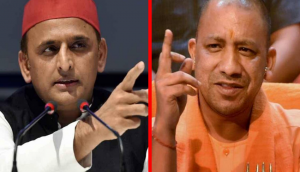
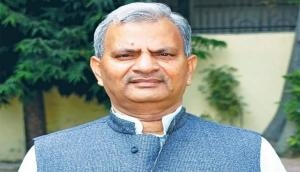
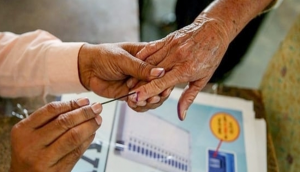
![BJP's Kapil Mishra recreates Shankar Mahadevan’s ‘Breathless’ song to highlight Delhi pollution [WATCH] BJP's Kapil Mishra recreates Shankar Mahadevan’s ‘Breathless’ song to highlight Delhi pollution [WATCH]](http://images.catchnews.com/upload/2022/11/03/kapil-mishra_240884_300x172.png)

![Anupam Kher shares pictures of his toned body on 67th birthday [MUST SEE] Anupam Kher shares pictures of his toned body on 67th birthday [MUST SEE]](http://images.catchnews.com/upload/2022/03/07/Anupam_kher_231145_300x172.jpg)


